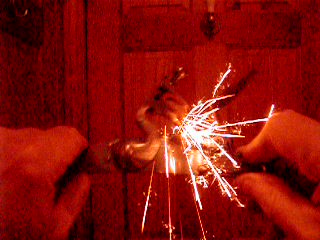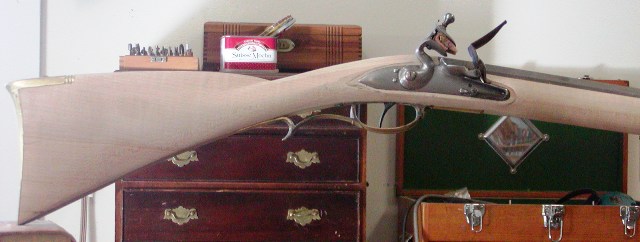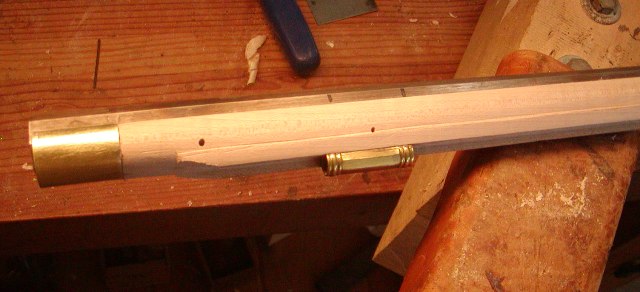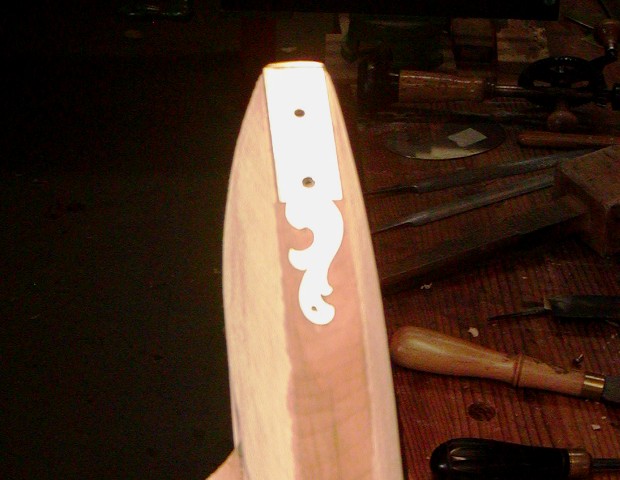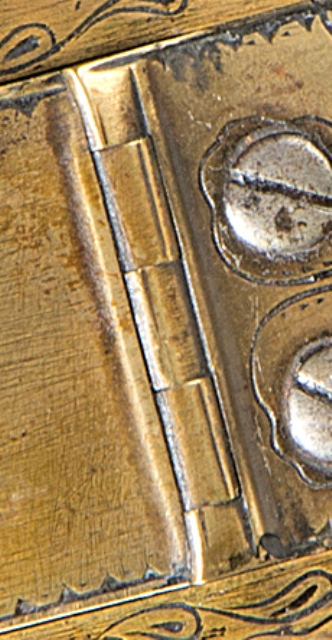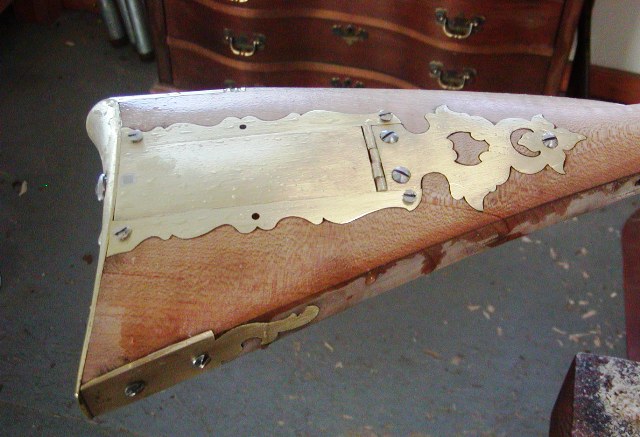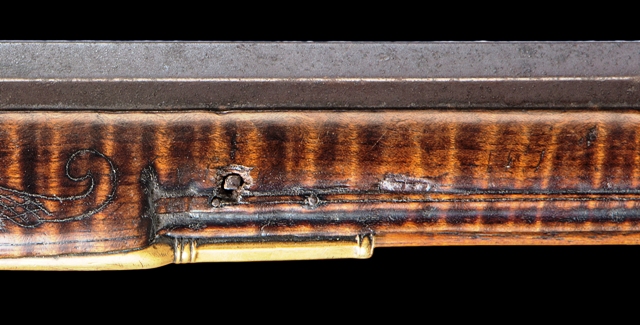- Joined
- Nov 26, 2005
- Messages
- 5,269
- Reaction score
- 11,146
Hi Lexington,
That looks like a nice later Berry. Folks debate if there was a father and son pair of Berrys or just the one maker who worked for a long time. Regardless, any Berry rifle is a great conversation piece.
dave
That looks like a nice later Berry. Folks debate if there was a father and son pair of Berrys or just the one maker who worked for a long time. Regardless, any Berry rifle is a great conversation piece.
dave













